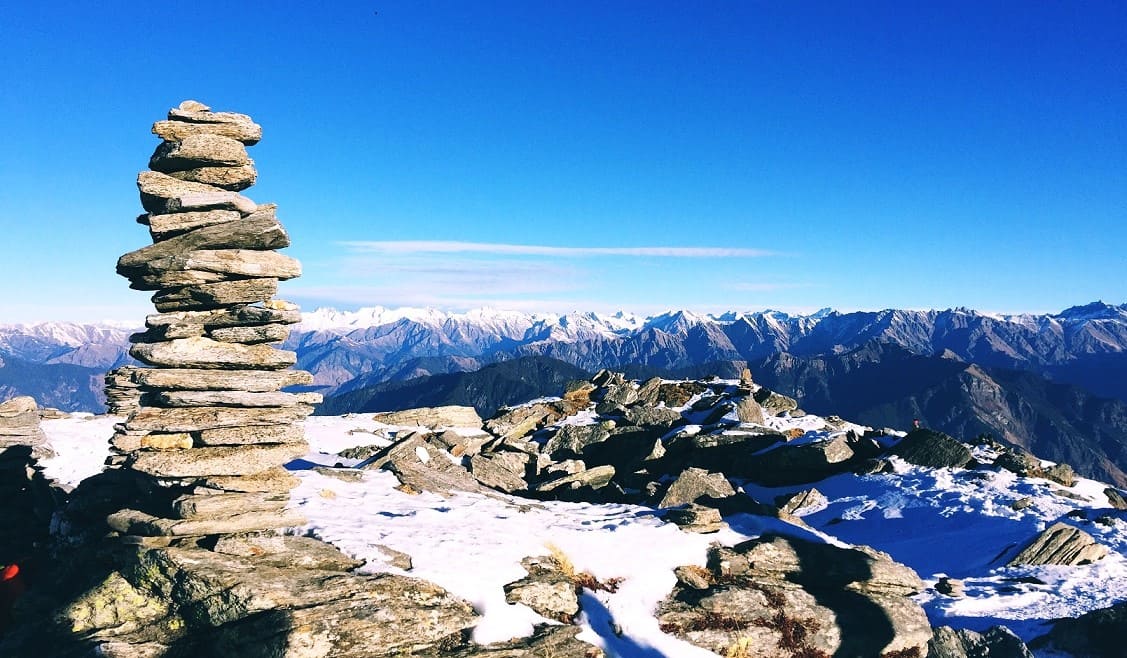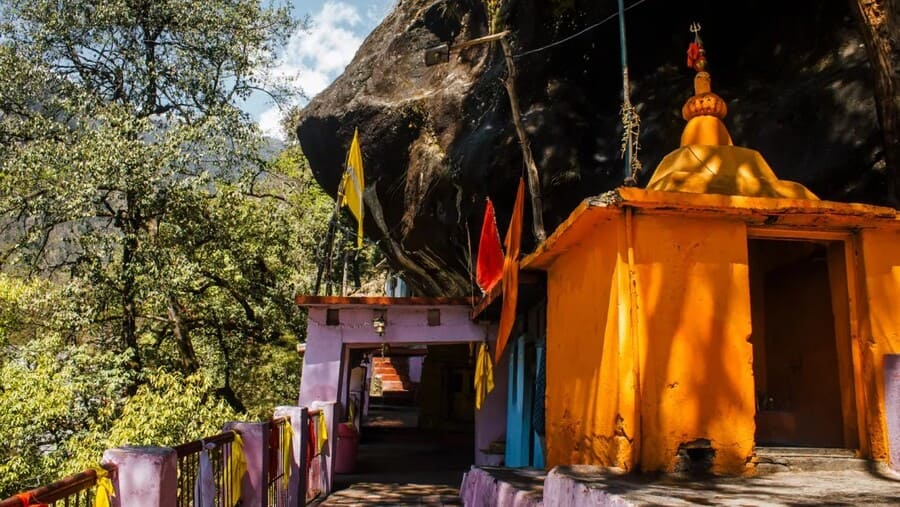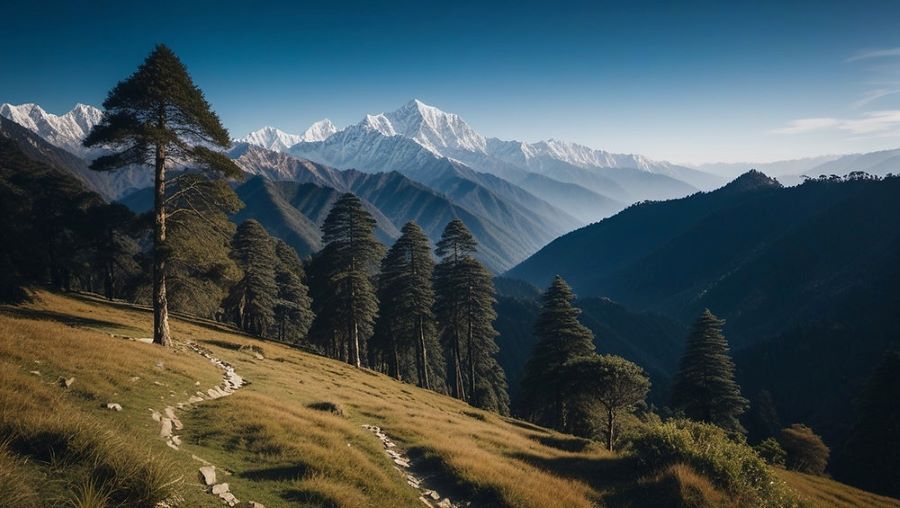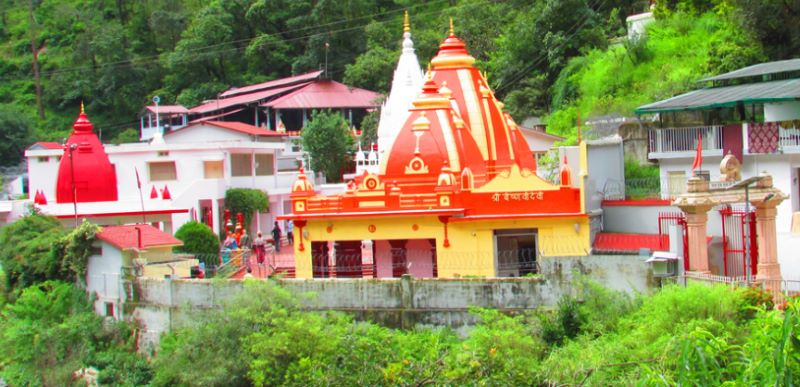Embark on the Kedarkantha trek, a Himalayan odyssey. The best time for Kedarkantha trek is during April-June for lush landscapes or December for a snowy spectacle.
Embark on a journey to the snowy realms of the Himalayas, where the Kedarkantha trek unfolds as a winter wonderland. Choosing the right time to undertake this breathtaking adventure is key to experiencing the magic of this pristine destination. Join us as we delve into the seasons and unveil the best time to visit Kedarkantha, a trekker’s paradise amidst the snow-capped peaks.
The best time for Kedarkantha trek is during winter, as you traverse the snow-laden peaks, breathe in the crisp mountain air, marvel at the star-studded night sky, and immerse yourself in the grandeur of the Himalayas, the Kedarkantha trek unfolds as a sanctuary of natural beauty and cultural richness. Embark on this journey, tread lightly through the seasons, and let Kedarkantha etch its timeless allure into your heart and memory.
Best Time for the Kedarkantha Trek:
| Months to visit Kedarkantha | Seasons |
| 1. April-May | Spring |
| 2. June-July | Summer |
| 3. August-September | Monsoon |
| 4. October-November | Autumn |
| 5. December-February | Winter |
1. Kedarkantha in Spring (April-May)

Late April and early May mark the awakening of Kedarkantha from its winter blanket. During this period, the trail reveals its true magic as alpine meadows burst forth with an array of wildflowers which makes it one of the best time for Kedarkantha trek. Spring in Kedarkantha signifies a delicate transition from the snowy landscapes of winter to the blooming vitality of a new season. As patches of snow recede, revealing the lush greenery underneath, trekkers witness a harmonious blend of white and green, an exquisite interplay that adds to the trek’s unique charm.
2. Kedarkantha in Summer (June-July)

Summer, spanning from June to July, is an opportune time to embark on the Kedarkantha trek. During these months, the snow that blankets the trail begins to recede, unveiling a landscape adorned with lush greenery and blooming wildflowers. The days are pleasantly mild, making it an ideal period for both seasoned trekkers and those seeking a first-time Himalayan adventure. Summer brings with it comfortable trekking conditions, with clear skies and moderate temperatures during the day.
3. Kedarkantha in Monsoon (August-September)

Kedarkantha in the monsoon is an exploration of nature’s resilience and beauty. The rain-kissed landscapes and the refreshing ambiance make it a trek for those seeking a more immersive connection with the mountains. Monsoon, spanning from August to September, brings a gentle touch of magic to Kedarkantha. The monsoon season adorns the meadows of Kedarkantha with a carpet of emerald green. The trails can be slippery, and rain showers may limit visibility. Proper rain gear, waterproof footwear, and caution while navigating the terrain are essential.
4. Kedarkantha in Autumn (October-November)

As the sun begins to cast its golden glow on the Himalayan peaks, Kedarkantha undergoes a breathtaking transformation into an autumnal wonderland. Autumn, spanning from late October-November, blankets Kedarkantha in a palette of warm hues. The trails, once adorned with wildflowers, now showcase a different kind of beauty. The weather is crisp and clear, making it an ideal time for those seeking a trek with a touch of autumnal magic.
5. Kedarkantha in Winter (December-March)

Winter, from December to March, bestows upon Kedarkantha an ethereal charm. The trails, once vibrant with summer blooms, now disappear beneath a soft quilt of snow. The crisp mountain air carries a hushed stillness, and the landscape becomes a canvas of pure white, creating a magical atmosphere that is nothing short of a winter fairy tale. Winter in Kedarkantha beckons to snow enthusiasts and adventure seekers. The trek, now blanketed in snow, offers a different kind of challenge and thrill.
Which season offers the best time for Kedarkantha Trek?
The Kedarkantha trek unveils its most captivating allure from December to April, embracing the winter season in all its splendour. During these months, nature adorns the trail with a mesmerising cloak of pristine snow, transforming the landscape into a spectacle of enchanting beauty. For those seeking the magic of snow-laden trails and the serene magnificence of winter, December to April stands as the best time for the Kedarkantha trek to embark on the unforgettable journey of the Kedarkantha trek.
How to reach Kedarkantha?
By Air:
- Jolly Grant Airport (Dehradun): The nearest airport to Kedarkantha is Jolly Grant Airport in Dehradun. From the airport, hire a taxi or take a bus to reach Sankri, the base camp for the Kedarkantha trek.
By Rail:
- Dehradun Railway Station: Dehradun is well-connected by train. Upon reaching the railway station, hire a taxi or take a bus to Sankri.
By Road:
- Dehradun to Sankri: The road journey from Dehradun to Sankri takes approximately 10-12 hours. Regular buses and shared cabs are available. Alternatively, hire a private taxi for a more comfortable and direct journey.
Trek Route:
- Sankri to Kedarkantha Base Camp: The trek to Kedarkantha starts from Sankri. The trail passes through scenic landscapes, dense forests, and charming villages. It usually takes 3-4 days to reach the Kedarkantha base camp.
Key Tips:
- Permits and Permissions: Obtain any required permits for trekking in the region. Check with local authorities or trek organizers for the latest information.
- Acclimatization: Take a day or two in Sankri for acclimatization before starting the trek to Kedarkantha to prevent altitude-related issues.
- Local Guidance: Engage with local guides or trek organizers for valuable insights into weather conditions, trail updates, and safety precautions.
- Weather Considerations: Check the weather forecast before planning your trek. Kedarkantha is best explored during the winter months (December to April) when the landscape is adorned with snow.
- Fitness Preparation: Ensure physical fitness as the trek involves ascending terrains. Regular exercise and cardiovascular workouts can be beneficial.
Places to visit near Kedarkantha
- Sankri:
- The starting point for the Kedarkantha trek, Sankri is a charming village surrounded by majestic peaks. Explore its local culture, wooden houses, and the warmth of the mountain people.
- Juda Ka Talab:
- A serene high-altitude lake on the trek route, Juda Ka Talab is an ideal spot for a tranquil break. Surrounded by alpine meadows, it adds to the scenic beauty of the journey.
- Kedarkantha Base Camp:
- En route to the summit, the Kedarkantha Base Camp provides a breathtaking panorama of snow-covered peaks. Camp here to witness the sunrise painting the mountains in hues of gold.
- Har ki dun Valley:
- A side trek from Sankri leads to the picturesque Harkidun Valley, known for its alpine flora, meadows, and stunning views of Swargarohini Peak.
- Kedarkantha Temple:
- Though not at the summit, the Kedarkantha Temple holds spiritual significance. Pay a visit to this quaint temple dedicated to Lord Shiva, offering moments of reflection.
- Taluka:
- A hamlet on the way to Sankri, Taluka is known for its rustic charm and serves as an alternative starting point for the Kedarkantha trek.
- Osla Village:
- Located on the Har Ki Dun trail, Osla is a traditional Himalayan village with ancient temples and distinctive wooden architecture, providing a cultural experience.
- Purola:
- A town on the way to Sankri, Purola is surrounded by lush greenery and offers a peaceful stopover for travellers.
FAQ related to Kedarkantha
1. How difficult is the Kedarkantha trek?
The optimal time for the Kedarkantha trek is typically from December to April, during the winter season. This period showcases the trail at its most enchanting, covered in a pristine blanket of snow.
2. Are permits required for the Kedarkantha trek?
Yes, permits are required for the Kedarkantha trek. These can be obtained from the Forest Department, and it’s important to check the latest regulations and obtain necessary permissions before embarking on the journey.
3. Are there medical facilities available during the trek?
Basic medical facilities are available at certain points during the trek, and trekking groups often carry a first aid kit. However, trekkers are advised to bring personal medications and consult with a healthcare professional before embarking on the journey.
4. What is the maximum altitude reached during the Kedarkantha trek?
The highest point reached during the Kedarkantha trek is around 12,500 feet (3,810 meters). Trekkers should be aware of the potential effects of high altitude and acclimatise accordingly.
5. Can Kedarkantha be trekked solo or is it recommended to join a group?
While experienced trekkers may opt for solo treks, joining a guided group is recommended, especially for first-timers. Guides are familiar with the terrain, ensure safety, and enhance the overall trekking experience.
6. What is the best time for Kedarkantha trek?
The best time for Kedarkantha trek is during April to June for lush landscapes and September to November for post-monsoon charm. December offers a snowy spectacle.






